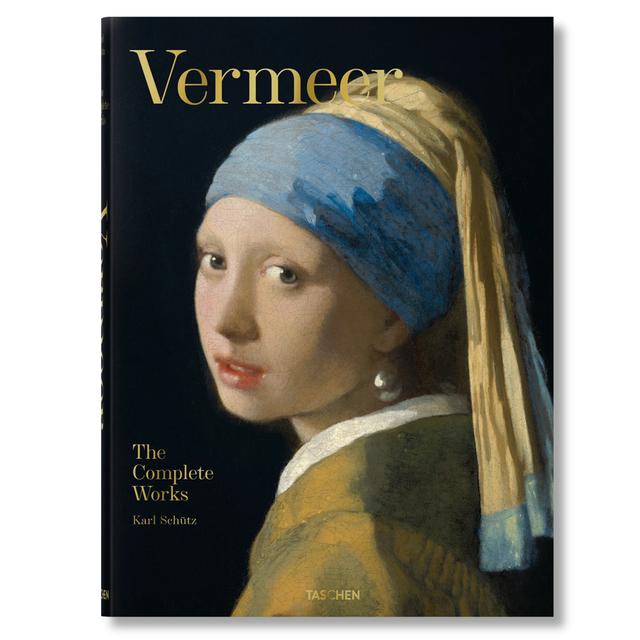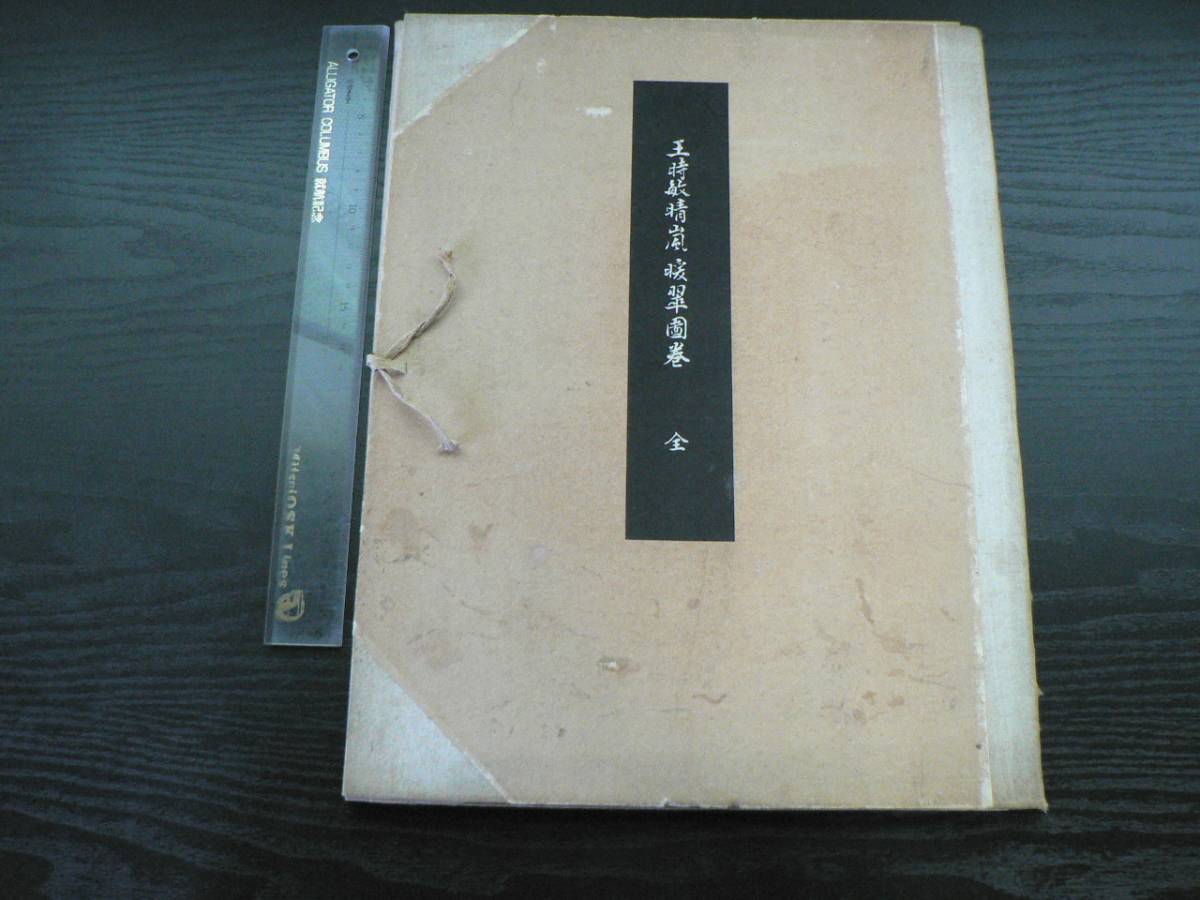
マイストア
変更
お店で受け取る
(送料無料)
配送する
納期目安:
05月26日頃のお届け予定です。
決済方法が、クレジット、代金引換の場合に限ります。その他の決済方法の場合はこちらをご確認ください。
※土・日・祝日の注文の場合や在庫状況によって、商品のお届けにお時間をいただく場合がございます。
福袋 オンライン 絵画芸術 (フェルメールの絵画) - Wikipedia 解説、評論の詳細情報
絵画芸術 (フェルメールの絵画) - Wikipedia。500px-Johannes_Vermeer_-。500px-Vermeer_The_concert.JPG。かおるん。
ベストセラーランキングです
近くの売り場の商品
カスタマーレビュー
オススメ度 4.6点
現在、4786件のレビューが投稿されています。








.jpg/500px-Johannes_Vermeer_-_The_lacemaker_(c.1669-1671).jpg)










![新垣結衣直筆サイン入り写真集[ちゅら☆ちゅら]](https://auctions.c.yimg.jp/images.auctions.yahoo.co.jp/image/dr000/auc0205/users/5728b68ccd40fb6445fdaa80c5b07787be4ec2ca/i-img640x854-1621412551ewuhdc9732.jpg)






新しいシステム移行のため、三菱東京UFJ銀行、ジャパンネットバンク、楽天銀行、新生銀行宛のお振込は現在停止しております。浮世繒之研究 十二号・十七号・十八号・十九号 4冊揃 大正13年~15年発行 日本浮世繒協会 浮世絵備忘録の整理19号掲載 B02-04C。597 ヨハネス・フェルメール Stock Photos, High-Res Pictures。